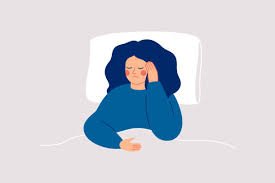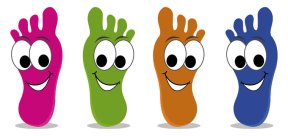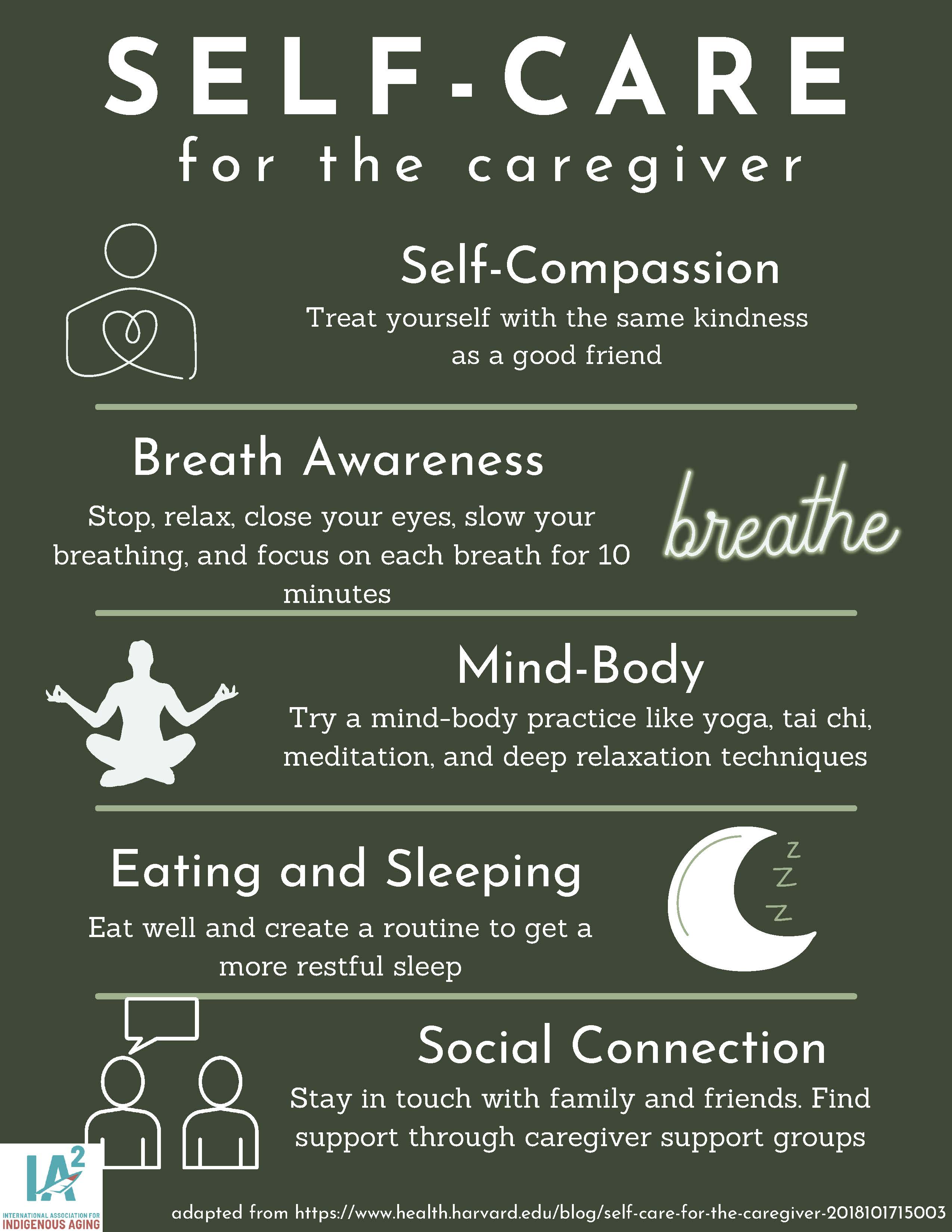A bit of mathematical trivia to kick off 2025: a short video explains Mathematical Patterns for the Year 2025
Have you made a New Year's Resolution? Are you looking for a "fresh start"? Do you have goals you would like to achieve? Here are a few tips to help you build momentum and ensure this is your best year ever! We have also included ideas from Share My Lesson to assist: SML New Year Resolutions.
1. Set reasonable and specific goals. The surest way to fall short of your goal is to make your goal unattainable. When establishing your goals, be selective. It’s better to move one thing forward a mile than ten things forward an inch.
2. Create a plan. Once you’ve set your goal(s), work backwards so that you know exactly what you need to do to get where you want to go.
3. List new skills you’ll need. Take note of what you’ll need to learn this year and develop a strategy for mastering these skills.
4. Be sure your goals are measurable. What gets measured gets done. Keep track of your success and reward yourself along the way.
5. Talk about your goals. Tell friends, family members, and trusted colleagues about your plans so that they can support you.
6. Make course corrections if necessary. If you find yourself heading in the wrong direction, don’t hesitate to course correct. Goals are not carved in stone. It’s okay to adjust your goals as you go.
7. If things aren’t going according to plan, ask for help. There’s no shame in admitting that you need assistance.
8. Avoid repeating past failures. Doing things, the same way, when you didn’t get the results, you are seeking won’t change the outcome. Instead, take a different approach.
9. Schedule time for yourself. Place time on your calendar where you can get away and be free from distraction.
10. Balance work and play. In most cases, our jobs and work take priority over many other things in our life. Work isn’t going anywhere. The greatest wealth you can build is discretionary time. Think about this and then say yes to doing something you love!












